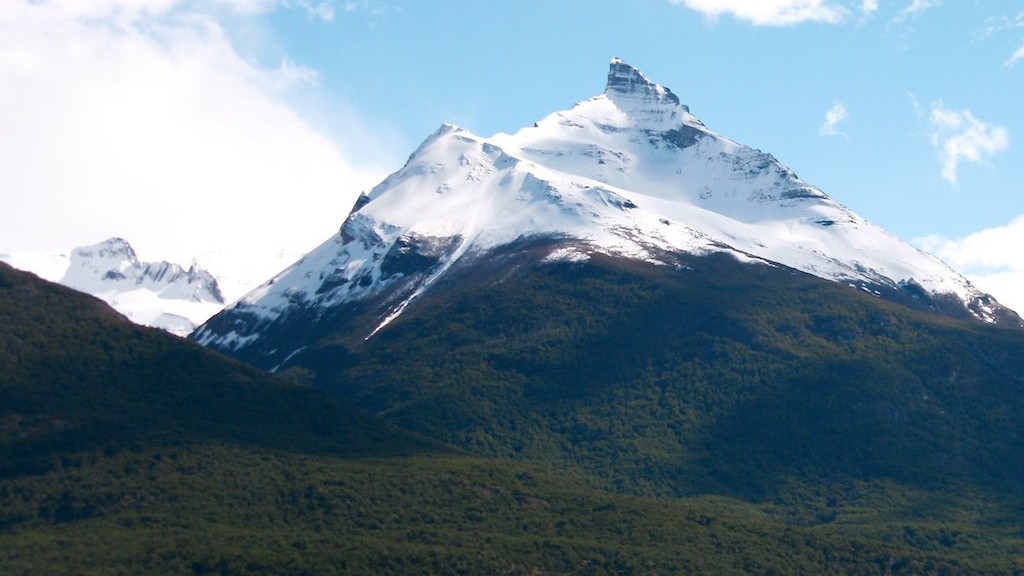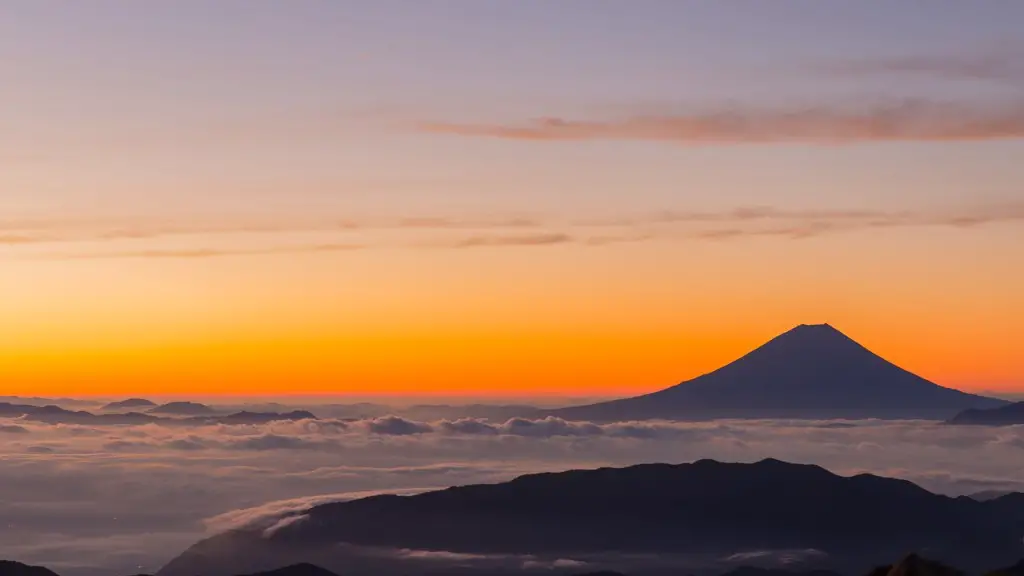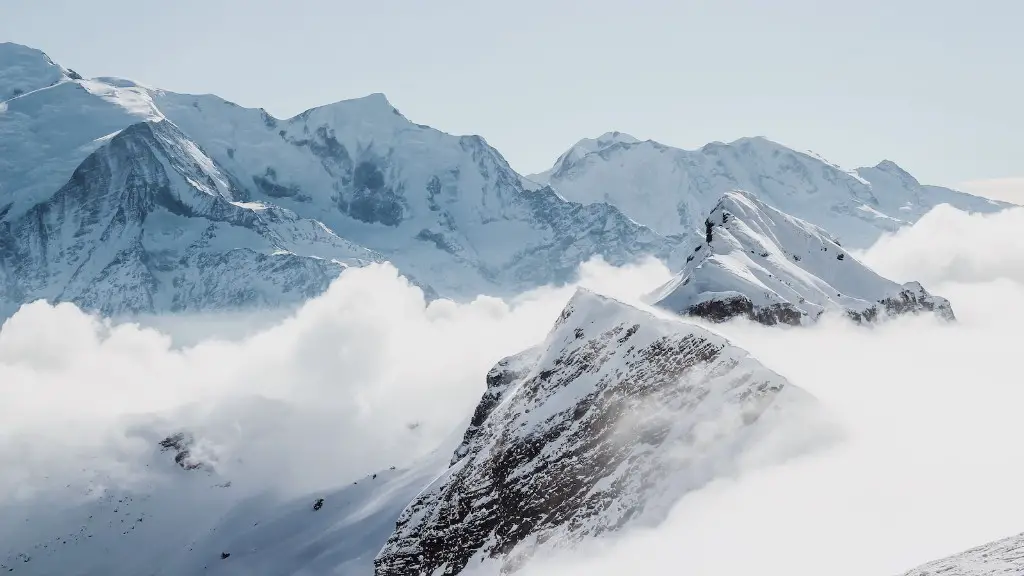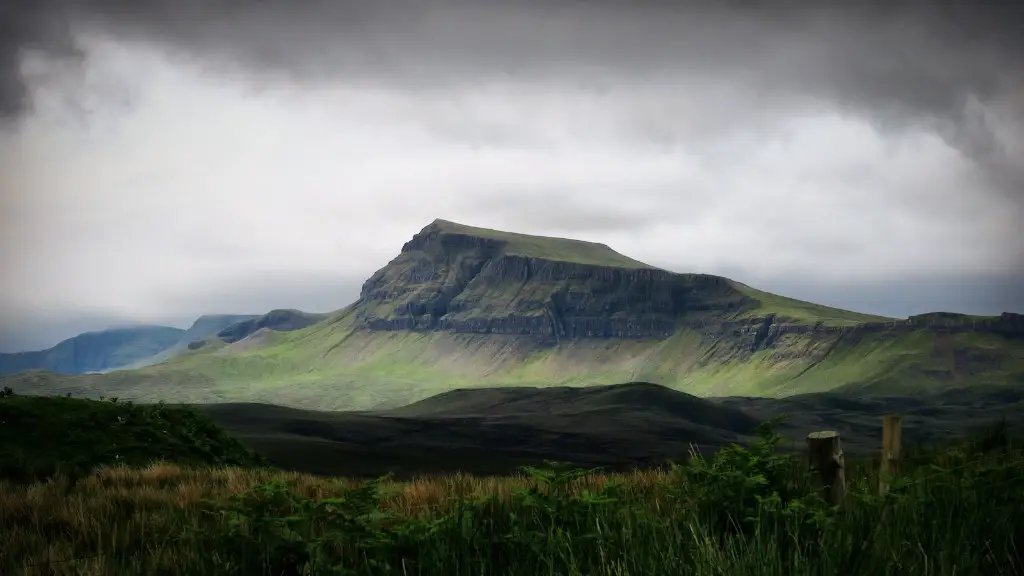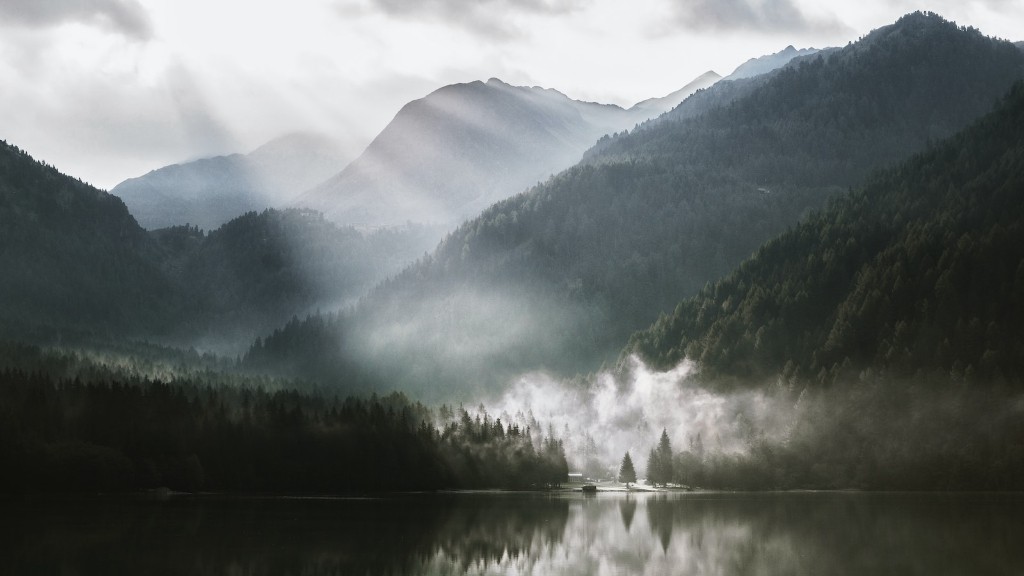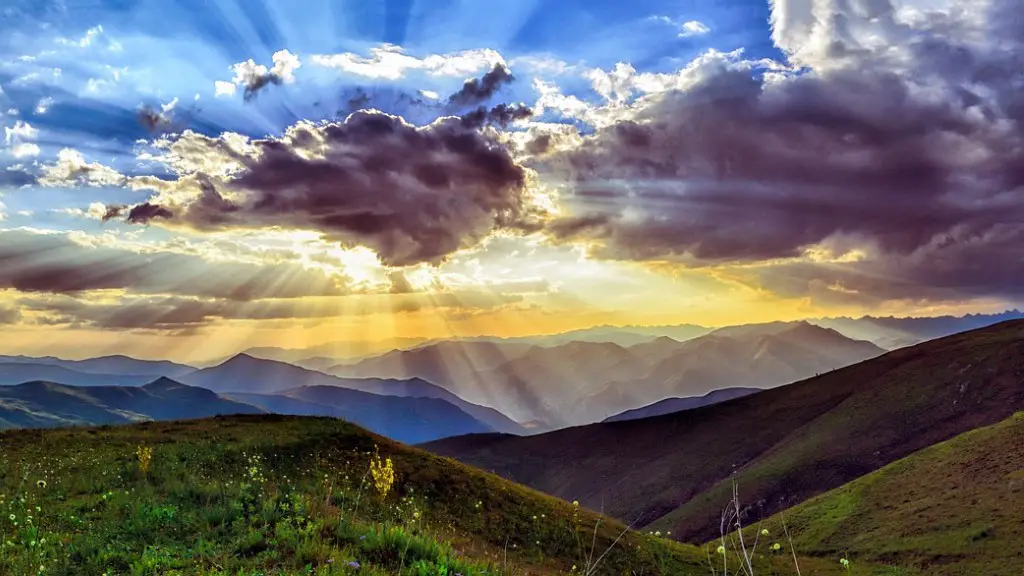Mt. Kilimanjaro is the tallest mountain in Africa, and is one of the Seven Summits, the tallest mountains on each of the seven continents. Located in Tanzania, Mt. Kilimanjaro is a popular destination for climbers from all over the world. There are many reasons to climb Mt. Kilimanjaro, including the challenge, the beauty of the mountain, and the opportunity to help the local community.
There are many reasons to climb Mount Kilimanjaro. For some, it is the sheer challenge of summiting the highest mountain in Africa. For others, it is the opportunity to see some of the most beautiful and unique scenery on the continent. And for many, it is a chance to give back, as a portion of the proceeds from climbing Mount Kilimanjaro goes to support local communities and conservation efforts in Tanzania. Whatever your reason for wanting to summit Mount Kilimanjaro, it is sure to be an unforgettable experience.
Why should you climb Kilimanjaro?
Mt Kilimanjaro is one of the most popular tourist attractions in Africa. Every year, thousands of people flock to the mountain to see the stunning views and to challenge themselves by climbing to the top.
The mountain is also one of the Seven Summits, which is a group of the seven highest mountains in each of the seven continents. For many climbers, summiting Mt Kilimanjaro is a bucket list item.
Not only is Mt Kilimanjaro the tallest mountain in Africa, but it is also the tallest free-standing mountain in the world. This means that it is not part of a mountain range, but stands alone.
Climbing Mt Kilimanjaro is an amazing experience that I would recommend to anyone. The views from the summit are breathtaking, and it is an incredible feeling to know that you have summited one of the Seven Summits.
Mount Kilimanjaro is an amazing experience and well worth the effort. Even though the success rate is only around 66%, it’s still worth it for the incredible views and the sense of accomplishment. Be prepared for a challenge, though, as the conditions can be tough. Young males between 20 and 30 actually have a lower success rate than we might expect, so keep that in mind if you’re planning on making the attempt.
Can a normal person climb Kilimanjaro
Climbing Kilimanjaro is definitely achievable for the average person. You don’t need to be especially fit, and having too much fitness can actually be detrimental. You also don’t need any technical climbing skills.
Mt Kilimanjaro is one of the most popular mountains in the world, with roughly 50,000 trekkers every year trying to reach the summit. According to research published by the Climb Kilimanjaro Guide, the average summit success rate across all climbers and routes is 65%. Despite the relatively high success rate, the mountain is still a challenging climb, and climbers need to be prepared for the altitude and the conditions.
Can a beginner climb Kilimanjaro?
Yes, beginners can climb Kilimanjaro, but they should be aware of the conditions, seasonal climates, costs, and requirements to prepare themselves for this challenge.
Kilimanjaro’s altitude can be a significant challenge for climbers, but supplemental oxygen is not necessary to reach the summit. The key is to use the acclimatization method of walking slowly (pole pole) and climbing high during the day, then descending to a lower altitude to sleep at night. With this method, climbers can safely and successfully reach the summit of Kilimanjaro.
Is Everest or Kilimanjaro harder?
Kilimanjaro is generally considered to be the harder of the two treks, mainly due to summit night. While there are aspects of the Everest Base Camp trek that are harder than Kilimanjaro, the general feeling is that Kilimanjaro is the more difficult of the two.
This is some good advice for anyone considering attempting to summit Mount Kilimanjaro. Across all routes and climbers, summit success rates are estimated to fall between 45% and 65%. Therefore, it is important to give yourself a good chance of success by choosing an itinerary that is at least a week long. This will give you the time you need to acclimatize to the altitude and make a successful summit attempt.
Can you breathe at the top of Mount Kilimanjaro
Kilimanjaro is the tallest mountain in Africa, and it is common for hikers to experience altitude sickness while climbing to the peak. Altitude sickness is caused by the lack of oxygen at high altitudes, and it can be debilitating. symptoms include headache, nausea, dizziness, and fatigue. Hikers should be aware of these symptoms and take precautions to prevent them.
Kilimanjaro summit is the same elevation as Mount Everest Base Camp. Climbers on Everest use oxygen in the so-called “death zone”, which is above 26,000 ft. It’s impossible to acclimatize in the death zone, so climbers must be careful not to spend too much time there.
How cold is it climbing Kilimanjaro?
The temperatures on Mount Kilimanjaro are determined more by the altitude and time of day than by the latitude. At the base of the mountain, the average temperature is around 21 to 27 °C and at the summit, Uhuru Peak, the night time temperatures can range between 20 and -20 degrees Fahrenheit (-7 to -29 degrees Celsius).
It is important to be in good physical shape to climb Kilimanjaro, but there is no need to be super-fit. This is a trek, not a climb after all, and if you can run for 30 minutes two to three times a week, and enjoy an all day hike at weekends, you should be fine.
How much oxygen is on Kilimanjaro
At the summit of Kilimanjaro, the air is much thinner than at sea level. This means that there is less oxygen available for your body to use. Your blood oxygen saturation and heart rate are two indicators of how well your body is acclimatizing to the altitude. If either of these things starts to decrease, it means that your body is not getting enough oxygen and you will need to descend to a lower altitude.
On summit day, you will need to hike for around 12 to 16 hours in order to reach the peak of Kilimanjaro. This is because it is a long way to the top and you will need to take your time in order to make it to the top safely. Once you reach the top, you will then need to descend a long way to reach the campsite for the night.
Can you hike Kilimanjaro without training?
No specialist climbing skills are necessary for the climb, but you must have done extensive hill-walking or aerobic exercise in the run-up to your Kilimanjaro Climb. If you do not currently enjoy a good level of fitness, it may take many months of training to reach a suitable level of fitness to enjoy the walk.
If you’re looking to tackle a fair difficult mountain, Mount Kilimanjaro is definitely one to put on your list. Standing at a whopping 19,341 feet, or 5,895 meters, Kilimanjaro is no joke. More than 50% of climbers suffer from mountain sickness, making it an extreme altitude mountain trek. Before even thinking about taking on this behemoth, make sure you’re well prepared and have done plenty of training. It’ll be a challenge, but the sense of accomplishment you’ll feel upon reaching the summit will be more than worth it.
Final Words
There are many reasons to climb Mount Kilimanjaro. Some people climb to tick it off their bucket list, others do it for the sense of achievement, and some do it to raise money for charity. Whatever your reason, it is sure to be an unforgettable experience.
In conclusion, there are many reasons to climb Mount Kilimanjaro. It is an iconic mountain that is known worldwide, and it is a bucket-list item for many people. It is also a challenging climb, both mentally and physically, which can be very rewarding. Additionally, the views from the summit are incredible, and the experience is truly unforgettable.
